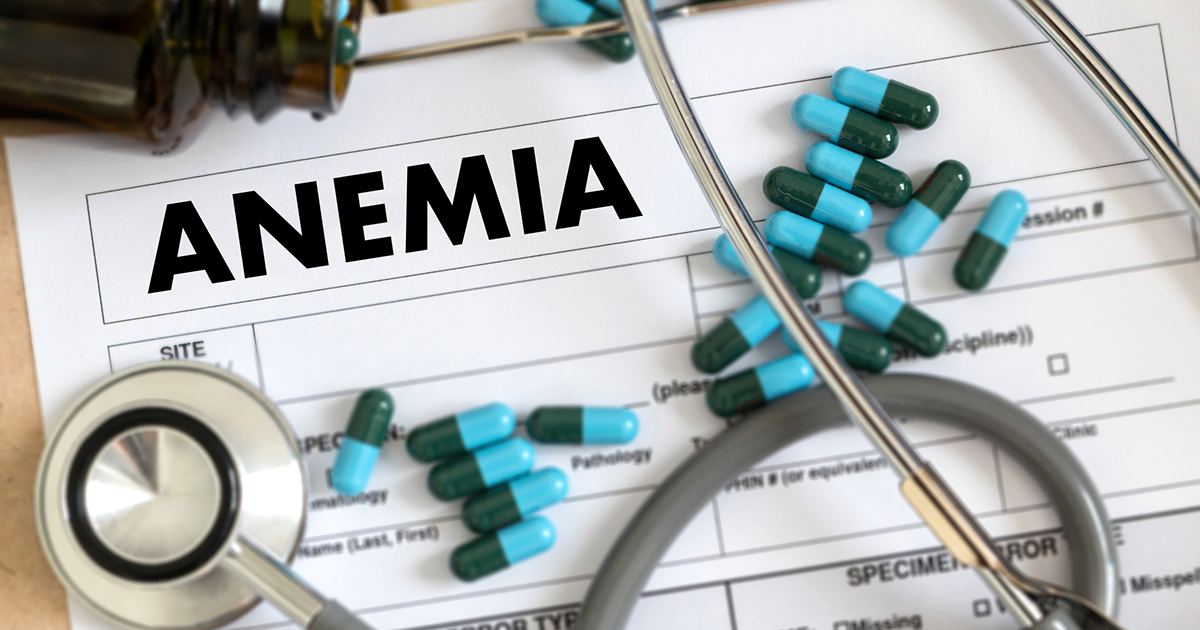Symptoms Of A Tubular Adenoma
A tubular adenoma, most often characterized as a disruption in the colon lining called a polyp or a clump of cells, is fortunately benign, however, there is a risk of cancer development if the tubular adenoma is not extracted. Polyps are formed from a process similar to the tumor growth process where a mutation in one cell multiplies until there is a clump of cells with the mutation. When it grows aggressively and spreads to the rest of the body it is considered cancerous, and when it grows slowly and does not spread it is called benign. While a tubular adenoma is not particularly harmful, they should all be removed to prevent the development of cancer. Get to know the signs of a tubular adenoma now.
Frequent Constipation Or Diarrhea

Any change in bowel habits should be noted and checked out by a physician, however, if the changes include constipation or diarrhea that lasts over a week, this is the body's hint something is wrong. A polyp in the bowels may make it difficult for the movement of stool to regulate properly. When it slows down the process of stool movement through the colon from obstruction and or surface tension, the result will be constipation. At the other end of the spectrum, tubular adenomas can cause diarrhea due to severely inflamed over active intestines that move stool through the bowel too quickly. This does not give the body a good enough chance to absorb the adequate amount of water from the stool, resulting in diarrhea. Chronic and frequent constipation or diarrhea can cause a life-threatening bowel obstruction and or severe dehydration, which is why any change like this in bowel habits that lasts longer than a week should be checked out by a physician for tubular adenomas.
Anemia

Anemia happens when there is not enough hemoglobin or healthy red blood cells in the blood. Hemoglobin is what makes red blood cells the oxygen carriers of the blood. When there is a shortage of hemoglobin, or red blood cells in general, oxygen is not sufficiently delivered to the other cells in the body. When there is significant bleeding internally or externally such as in the bowels, the body loses too much hemoglobin and becomes anemic. Because a polyp in the bowel is a projection of the mucous membranes and an abnormality, the constant friction of stool movement can cause the polyp area to become extremely inflamed. Areas of severe inflammation in the colon undergo more friction, which can make them bleed on every passing of stool. Sometimes the bleeding can go undetected by the patient, or the patient is unaware of just how much bleeding is going on in the colon from the irritated polyp. This is what would lead to hemoglobin deficiency induced anemia, or hemoglobin deficiency caused by significant bleeding.
Cramps In The Belly

Due to the nature of tubular adenomas and the shape of these colon polyps, it only makes sense that they can cause bowel obstructions occasionally. A tubular adenoma is shaped somewhat like a mushroom, with a stem and a cap-like appearance projecting from the intestinal lining inward into the intestine itself. Abdominal cramping and pain can result from a number of things attributed to a tubular adenoma. The slowing and partial blockage of stool in the colon due to an inflamed polyp can cause pain and discomfort in the lower abdomen. Additionally, the severe irritation and or bleeding parts of the adenoma can induce feelings of cramp pains or aches in the abdominal area. Gas bubbles can easily get trapped between stools because of the presence of the polyp, which can also cause cramp-like pain in the abdomen. If the intestines and colon become hyperactive or over-stimulated by the irritation caused by the colon polyp, cramps in the belly and diarrhea can be common results.
Rectal Bleeding

The most commonly reported symptom related to tubular adenomas is rectal bleeding, which often shows up on toilet paper or in the underwear as dark red or black. Because of the way the polyp projects inward into the colon, when stool moves through the colon it produces friction between the two surfaces. If bowel habits are somewhat normal, this friction is happening at least twice a day, every day. Eventually, the tubular adenoma starts to accumulate surface abrasion that causes intense irritation and leads to the bleeding of small capillaries that lie just under the surface of the intestinal lining. Additionally, the polyp itself can cause the stool to slow or even stop because it is obstructing the path, which leads to very hard stools that frequently cause bleeding in the colon even in individuals who do not have a tubular adenoma. The compounding of very hard stools and an already inflamed tubular adenoma can cause significant internal bleeding that sometimes can go unnoticed. Complications such as iron deficiency and hypovolemic shock can result from internal bleeding that goes unaddressed.
Mucus In Poop

Mucus is a substance produced by many parts of the body, including the intestinal linings, to protect the tissue. The purpose of mucus in the intestines is to moisten and lubricate the colon so stool can pass easily and not cause damage to the lining. However, in a normally functioning colon, the mucus should not be observable to the human eye in the stool. The presence of mucus in the stool is normal and not harmful in itself, however, when too much mucus is leaving the colon in the stool, it is a cause for concern. It means for whatever reason, the mucus layer in the large intestine is shedding too much. When there is less than adequate mucus coating in the large intestine, its lining is more susceptible to damage, bleeding, and infections. In the case of a tubular adenoma, the body may be going into mucus production overdrive due to the irritation in inflammation occurring in the large intestine from the polyp. The body overproduces mucus in an attempt to help protect the tissues on and around the tubular adenoma, resulting in excess mucus in the poop.
